Millions of businesses are joining the startup world each year. In an environment flush with competition, those new to the field must strive to differentiate themselves from other entities. But what separates one excellent product from another? That would be the brand, which becomes one of the most important assets as a company grows and develops.
“Brand equity” refers to the value of a brand name that a company holds. When it comes to building a brand and business from the ground up, there are many key elements to establish. Having a strong brand equity goes beyond simple distinctions such as the company name, logo or package design. It also requires selecting the right brand elements, creating differentiation, generating awareness, maintaining a solid reputation, and most importantly, connecting with customers.
Even once you’ve established a strong brand, you must continue to sustain and protect that brand equity in order to succeed as a competitor in the industry.
As an entrepreneur, learning how to build, protect and sustain your brand equity is fundamental to your company’s success. Keep in mind these four essential principles when managing and preserving your company’s brand.
Competitive differentiation
Product Differentiation
One of the basic components in developing a solid brand equity is to have a product or service that stands out. It is your unique attributes that will make you stand out from your competitors. A strong product differentiation leads to competitive advantage, all of which contributes to brand equity. Effective differentiation can even increase brand value to the point where products can offer their products at a price premium.
The brand awareness and brand association of a business are strongly influenced by the quality of the products and services. This entails:
- Points-of-parity: elements of a brand that are necessary for it to be recognized as a legitimate competitor in the industry
- Points-of-differentiation: the unique attributes of a business that differentiates it from its competitors
For developing an excellent product or service, address these points first:
- What is your unique selling proposition?
- Why should a customer buy your product compared to a competitor’s product?
- What are the basic, expected and desired needs from your customers? How can you serve them?
- Will your differentiated product have a cost advantage? Could your in-house expertise or capabilities be easily replicated by others?
A strong product differentiation doesn’t simply mean having a high-quality product with impeccable features, but rather it indicates that your product is unique enough for it to be difficult to imitate. Once these features and characteristics of the product are well established, this makes it easier to avoid negative brand equity resulting from any marketing threats.
Verizon Digital Ready Provides the Free Skills Training and Grant Programs Entrepreneurs Need
Brand consistency and image
When the product development stage is completed, the next step in building brand equity is to create brand image and consistency. Brand image constitutes brand elements, which are the various aspects that identify and differentiate a brand. This includes the business, logo, tagline, slogan, signature colors and package design.
It’s in your best interest to preserve and protect these brand assets. Brand consistency and the uniformity in packaging, advertising and promotions can bring cost advantages. In fact, branding experts from the article “One World, One Car, One Name” in Bloomberg BusinessWeek state that using only one name for branding purposes can help businesses save marketing costs up to tens of millions of dollars per year.
Your brand is at its strongest when consumers can easily recognize and associate the style of marketing and products with your brand experience without any mentioning of the name or logo. Many successful companies are able to achieve this brand consistency such as Target, with its distinctive logo and style, or the Nike swoosh.
Having brand consistency can prevent build brand loyalty, customer confusion and allows for a stronger consumer impression. Branding must elicit the same type of feeling and recognition across all mediums, whether on the company website, social media, product packaging, marketing materials or advertisements.
Three Branding Strategies That Made Nutella a Business Success
Legally protect your brand and trademarks
What happens if you see another company copying your idea? Your unique ideas are intellectual property, which must be protected.
Copyright/trademark infringement is a common issue for businesses and is something that could easily tarnish a brand. It’s essential to register with the right legal entities first by filing a trademark to preserve and protect the brand rights. For example, in the U.S., you would register with the United States Patent and Trademark Office (USPTO).
Businesses with strong brands have often found themselves taking legal action against another entity out of concern for damage to their brand value. Stolen ideas and trademark infringements would pull these companies into lawsuits and legal consequences. For example, Starbucks once sued a dog day care center called, “Starbarks.” The famous coffeehouse chain had to write cease and desist letters to take further action to protect their trademarked name and logo. As a result, the pet daycare center Starbarks had to redesign its entire logo and change the business name. The changes prompted rebranding of the entire business, which affected their customer relationship and brand image.
In the event that you plan to sell your business, or it undergoes mergers and acquisitions, you should use a trademark assignment to properly transfer the rights to these brand elements.
The ownership and rights over these products and ideas are absolutely essential in establishing brand consistency, credibility, and reputation.
Drive higher ROI, grow your audience and build more loyal customers with Campaigner’s advanced email marketing features.
Sustainability and longevity of the brand
Once the foundation of the business and brand are well-established, how can you build your brand to make it in the long-run?
Brand sustainability is about perpetuating long-term differentiation and strong brand recognition.
This can be achieved through sustainable competitive advantage, which means having unique abilities, attributes and company assets that are difficult to be reproduced or exceeded by another company. If the assets and brand elements of the company are tough to replicate, this paves way for the company to have a competitive edge. It’s essential to hold a superior position over and persistently outperform the competitors in the industry. By continuously developing value and benefits, you are seeking to create a long-lasting relationship with your customers.
Through building and strengthening your brand and the business, you are protecting and sustaining your brand equity, which is critical in paving a concrete road to success as a leading competitor.
AI + Data + CRM = more sales and happier customers.
Start or grow your business with the #1 CRM. Salesforce now has AI tools that helps you connect with your customers in a whole new way.
Key Takeaways for growing and sustaining brand equity
Growing and sustaining brand equity is crucial for any business looking to establish a strong presence in the marketplace and drive long-term growth. By investing in building a strong brand and cultivating a loyal customer base, businesses can differentiate themselves from competitors and create a sustainable source of competitive advantage.
One of the key ways to grow brand equity is by focusing on creating a strong brand identity that resonates with your target audience. This involves developing a clear and consistent brand messaging and visual identity that reflects your company’s values and mission. By building a strong emotional connection with your customers, you can establish a sense of brand loyalty and create positive brand equity that sets you apart from competitors.
Another important aspect of growing and sustaining brand equity is by consistently delivering high-quality products and services that meet or exceed customer expectations. By maintaining a strong focus on quality, you can build a reputation for reliability and establish trust with your customers.
It’s also important to focus on building relationships with customers and actively engaging with them through social media, email marketing, and other channels. By staying connected with your audience and listening to their feedback, you can continue to refine your brand messaging and product offerings to better meet their needs and preferences.
To sustain brand equity over the long term, it’s important to continuously monitor and evaluate your brand performance and make adjustments as needed. This involves tracking key performance metrics such as customer satisfaction, brand awareness, and market share, and using this data to inform your branding and marketing strategies.
Growing and sustaining brand equity is a critical component of building a successful and sustainable business. By focusing on building a strong brand identity, delivering high-quality products and services, and engaging with customers on a regular basis, businesses can establish a loyal customer base and differentiate themselves from competitors. By taking a long-term approach and investing in the ongoing growth and development of your brand, you can create a lasting source of competitive advantage that drives growth and success over time.
AppSumo is the store for entrepreneurs. We curate essential software deals that every entrepreneur needs to run their business.









